Khabar Khair (Only Good News) – Abdel Jalil Al-Salami
Social safety nets for poor in Yemen play a crucial role in alleviating the consequences of conflicts which has further aggravated the economic crisis and added to the suffering of poor and destitute families and communities.
The Ministry of Planning and International Cooperation confirms that it plays a pivotal role in raising financial resources from donors for social safety net mechanism and progeams funding, after the interruption of most externally funded programs and projects, including cash transfer programmes.
Parts of social safety nets for poor help the poorest and most affected families to deal with the adverse impacts of economic shocks and climatic change impacts by providing cash assistance, training, small and microfinance, public works, and community development.
Economists stress there is a dire need to support social safety nets for the most vulnerable poor in Yemen during the urgent next phase.
Social safety nets pursue a set of policies and programs that aim to eradicate poverty and deprivation. and facilitate easy access to basic services and the enjoy an adequate standard of living; or a minimum level of it.
Yemen established Social Safety Nets in 1996, to provide social protection and alleviate poverty in the country.
Key parts of social safety nets are the Social Welfare Fund, the Social Fund for Development, the Public Works Project, and microfinance.
The Social Welfare Fund is a part of the social safety net that alleviates the suffering of the poor and aims mainly to provide cash and in-kind assistance to the poorest groups, in addition to providing training and rehabilitation services for the poor and income-generating projects.
The number of poor people under the Social Welfare Fund assistance throughout all governorates of the Republic to the end of the third quarter of 2014 is about 1.5 million beneficiaries, amounting to 100 billion rials per year.
The Social Fund for Development is also one of the main national social protection mechanisms, and it aims to combat poverty at the national level, through community development programs, capacity building, development of small and microenterprises, and labor-intensive works.
Statistics of the annual report of the Social Fund for Development for 2019 indicate an increasing number of projects implemented by the Fund between 2015 and 2019, from 624 projects in 2015 to 716 projects in 2019.
The Public Works Project is one of the main parts of the social safety net, and this project was established to create the largest number of employment opportunities for both skilled and unskilled labor, provide services, and improve economic and environmental conditions for poor.
According to The Emergency Response to the Humanitarian Crisis in Yemen Project’s Report, August 2016 – December 2018, the World Bank allocated $85 million for the Public Works Project from August 2016 to June 2019.
The Public Works Project’s report explained that the project invested World Bank funding to support infrastructure, increase income, and create short-term employment opportunities, while restoring basic social services and reviving small businesses.
Microfinance institutions – a part of the social safety net – play a vital role in reducing unemployment, providing livelihoods, and alleviating poverty by granting loans to youth, men, and women to help them start small businesses and own income-generating productive assets.
The study “Microfinance in Yemen” showed that microfinance institutions granted 88,000 borrowers $32 million in 2019, with women receiving 35% of these loans.
The Small and Microenterprises Development Unit in the Social Fund for Development is the main supporter of the microfinance sector in Yemen by enlisting donor support and directing it towards microfinance institutions.

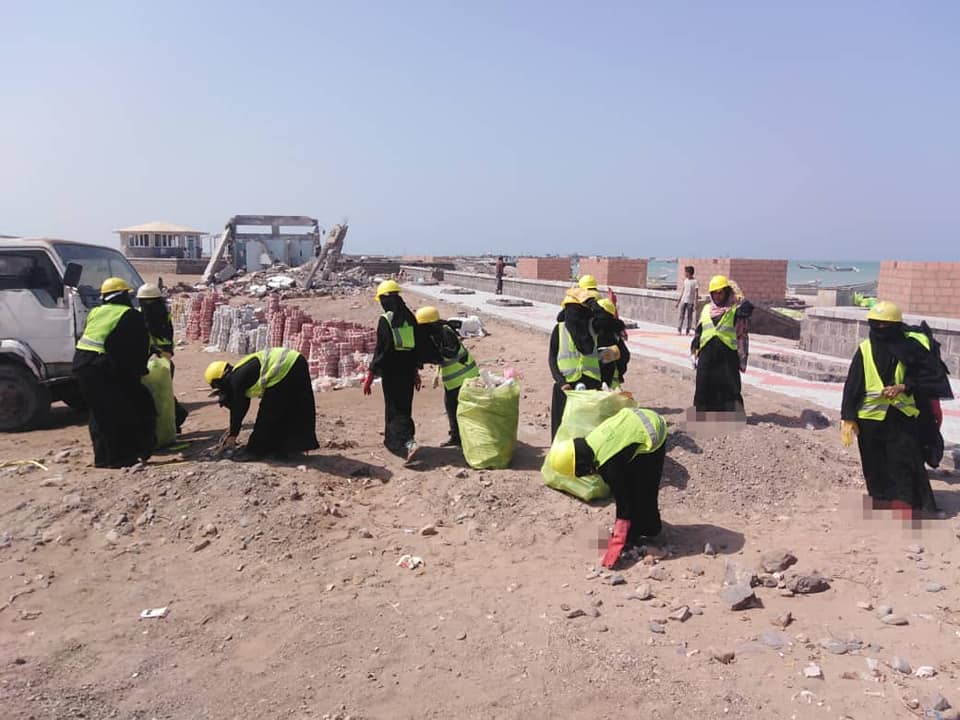

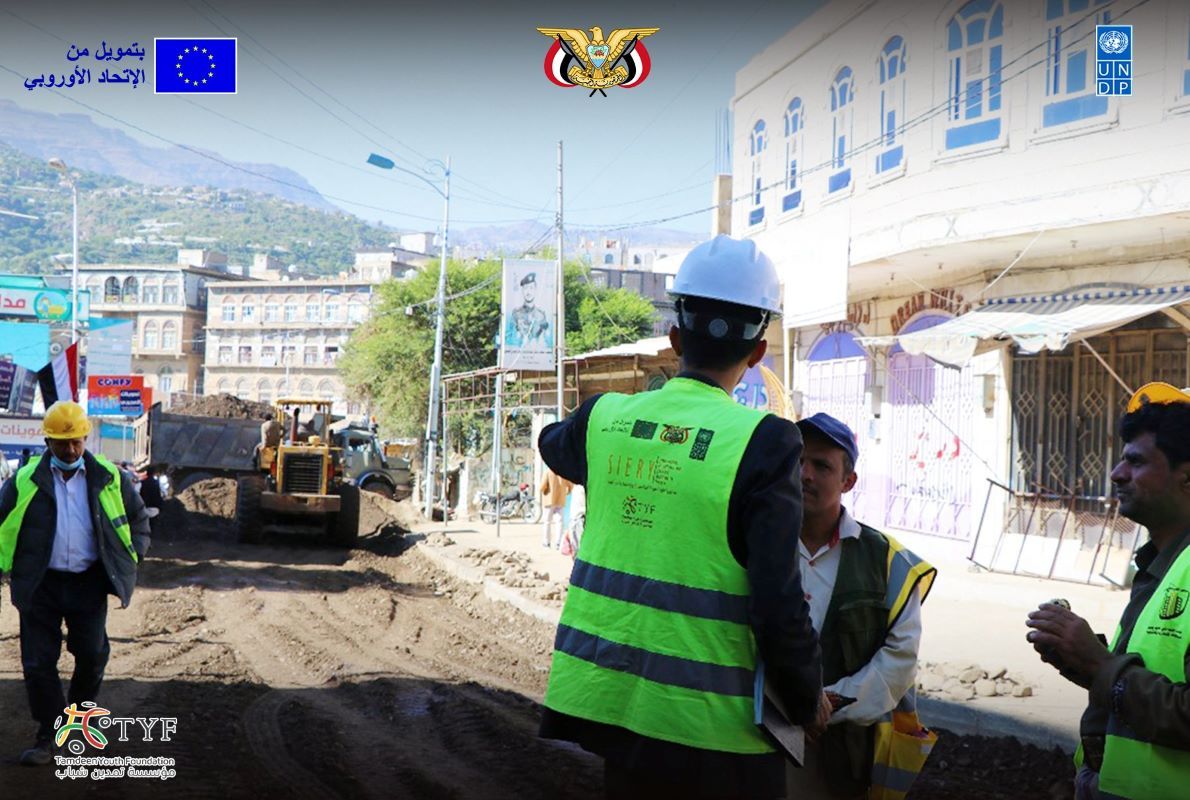
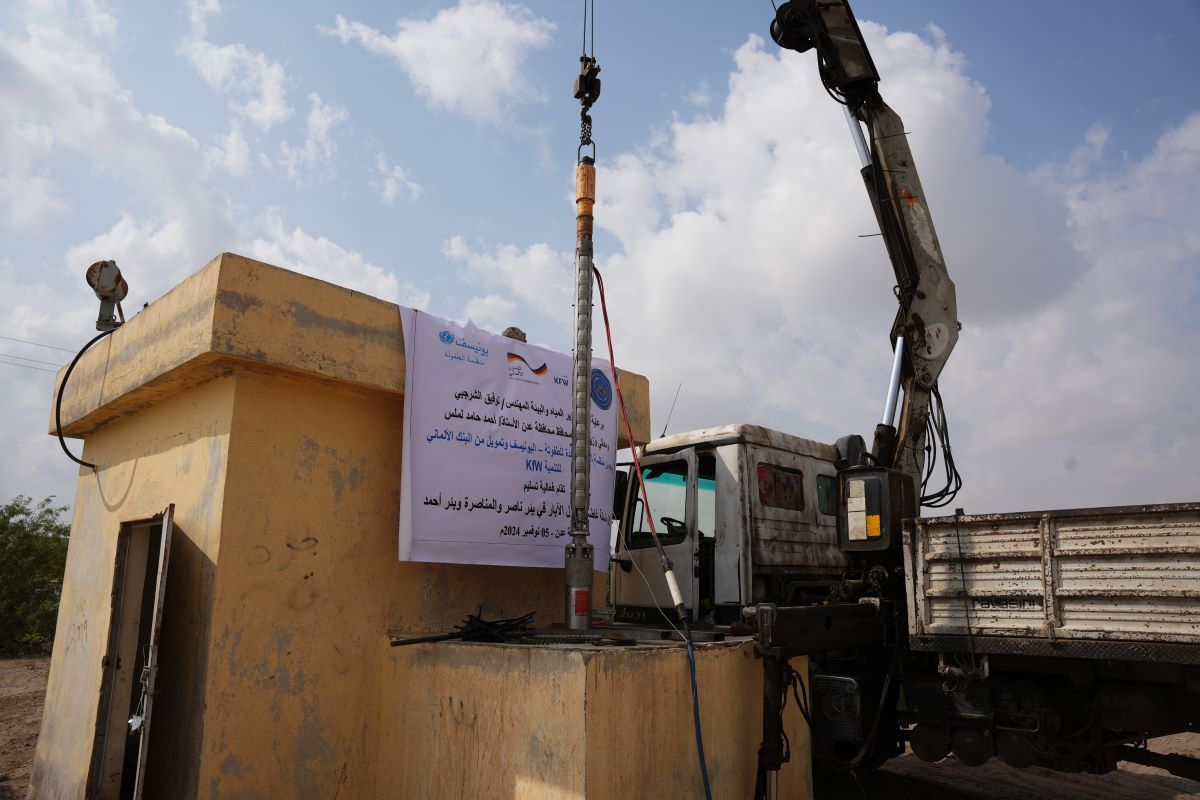
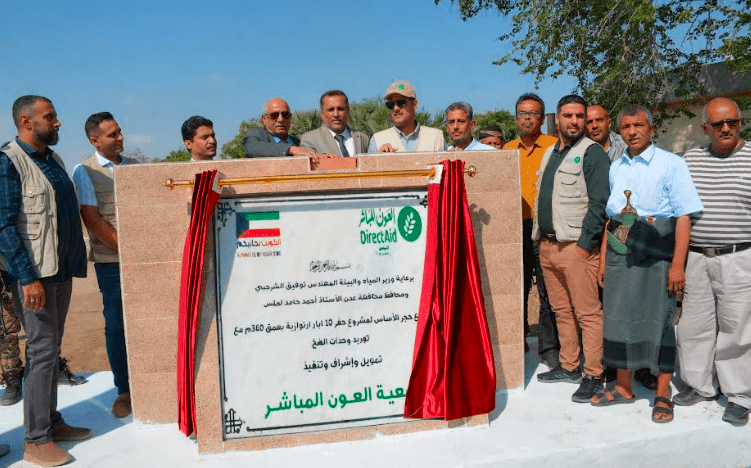

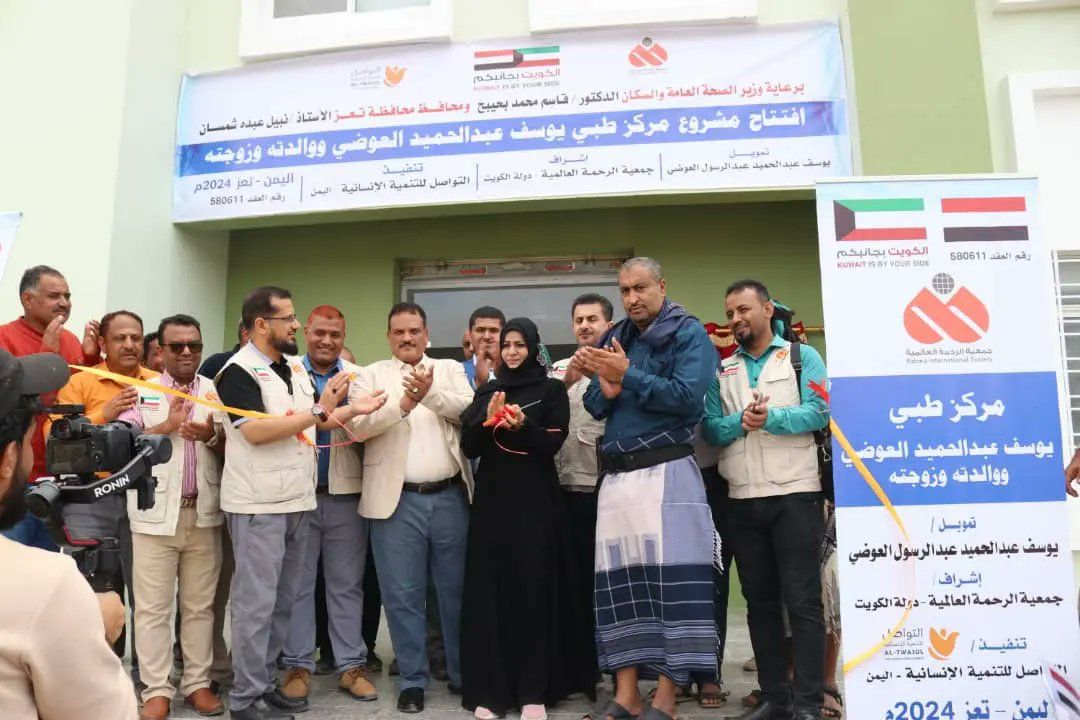

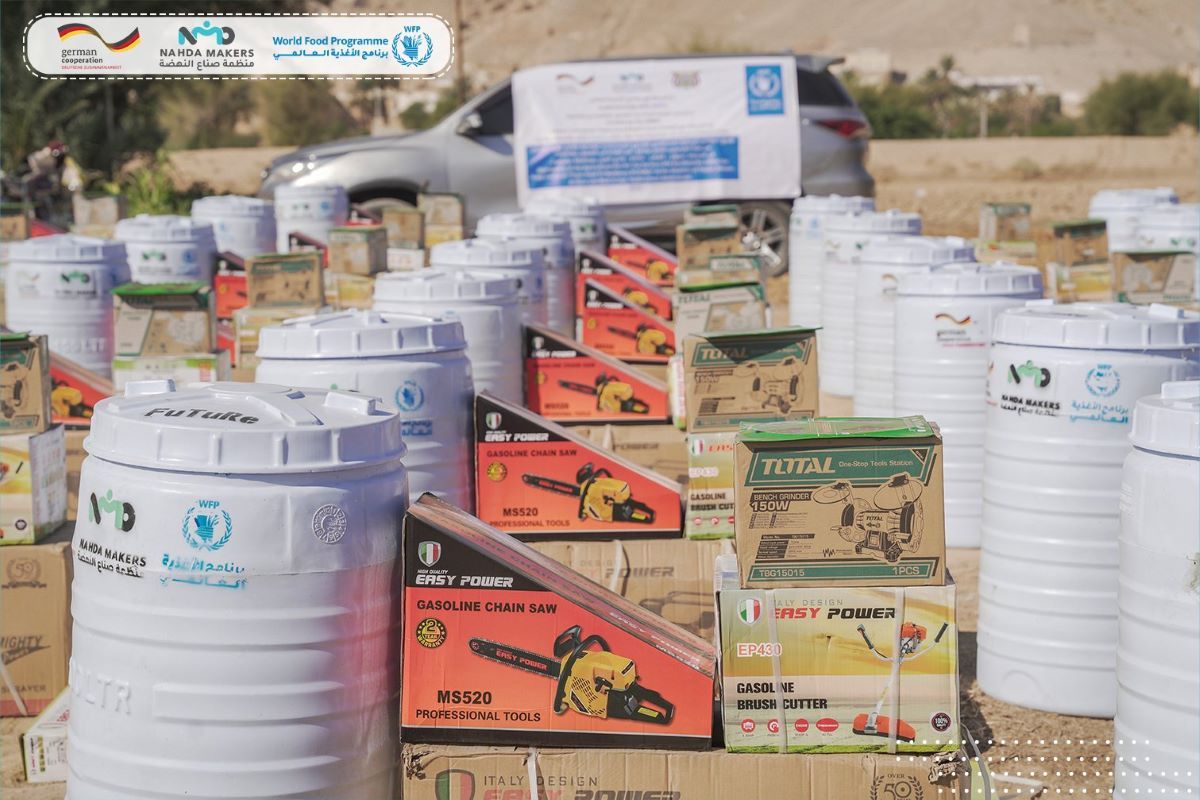

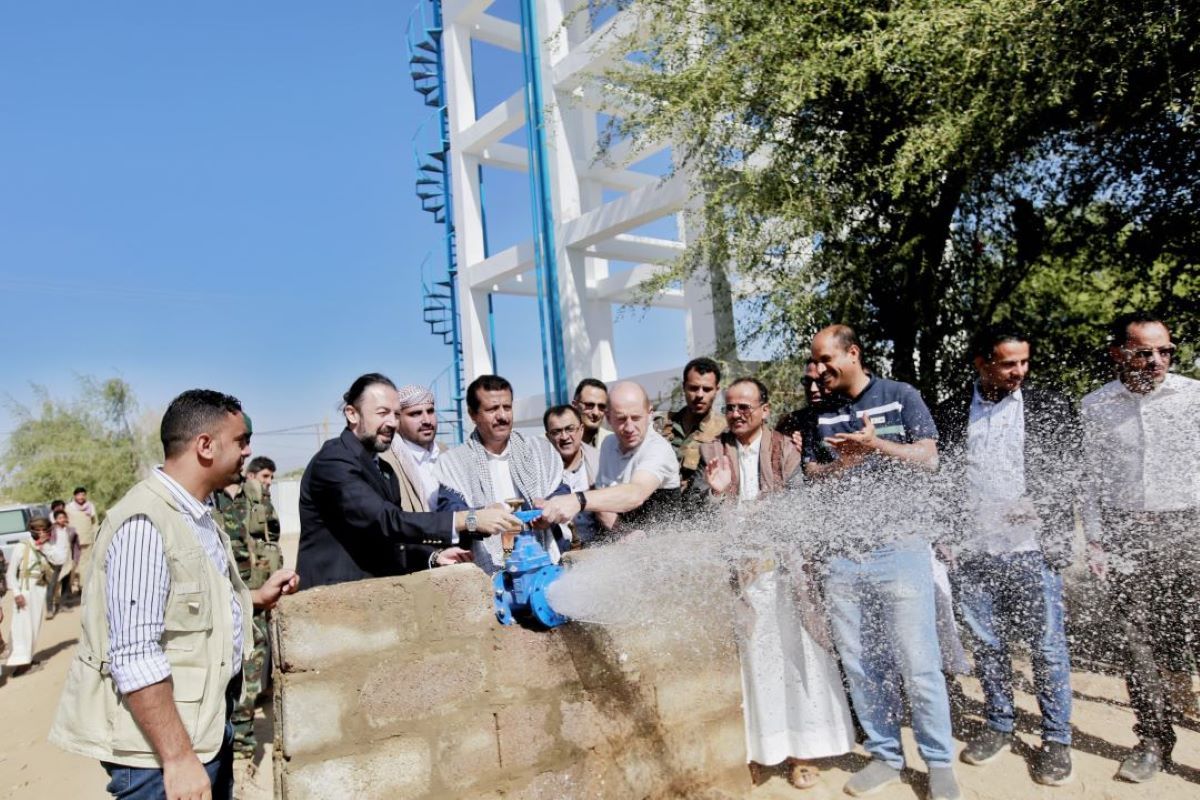
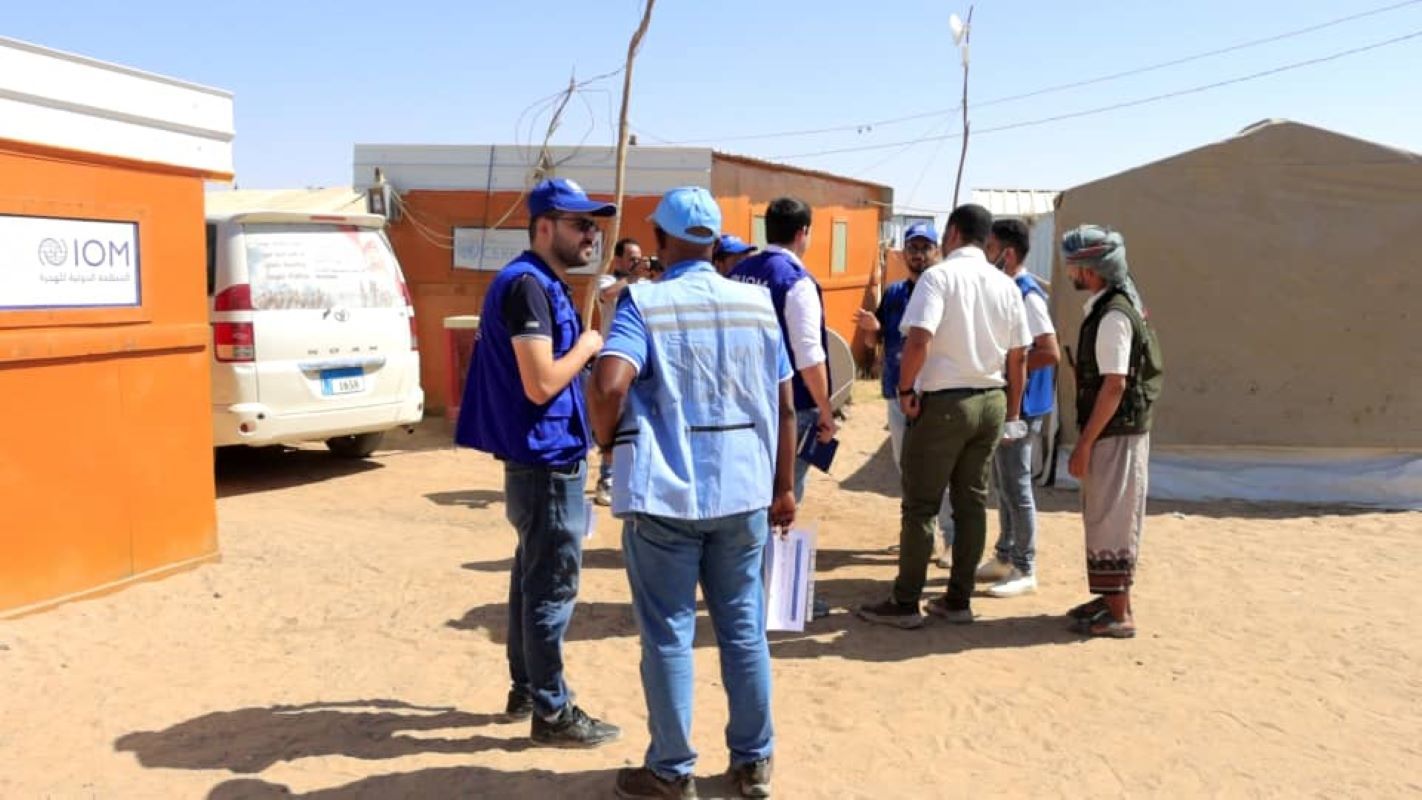


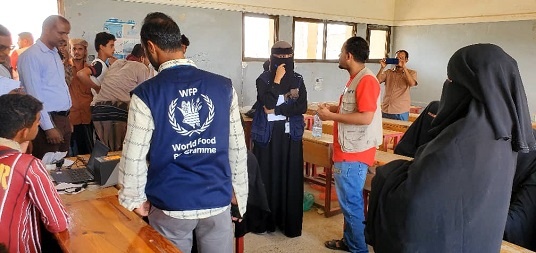
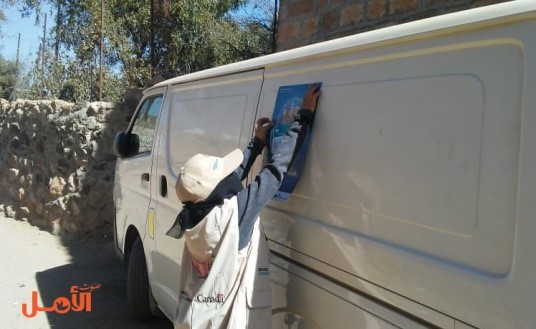
LEAVE A COMMENT